Every morning you wake up and the first thing you do is check your mobile phone. Throughout the day, you receive messages on it, and before you go to sleep at night, you set your alarm. We can no longer imagine modern phones not existing. In fact, the very first models wouldn’t have come about without the help of iterative processes.
During an iterative design process, teams repeat their work cycles to continuously improve the results based on feedback from the intended users. At Beeliners, we also use iteration during the development of your product. We do this by creating various samples. In this blog, we will delve deeper into the iterative process and how we apply it.
In this blog:
What is an iterative process?
The iterative process is the building, refining, and improving of a project, product, or initiative. During this process, a prototype is quickly developed and tested with the intended target audience. The feedback that results from this is then used to improve the prototype. This process repeats continuously until a desired end result is achieved. This is also known as an Agile methodology. Its strength lies in the fact that there are periodic consultations. Based on the progress and insights gained, adjustments can then be made.
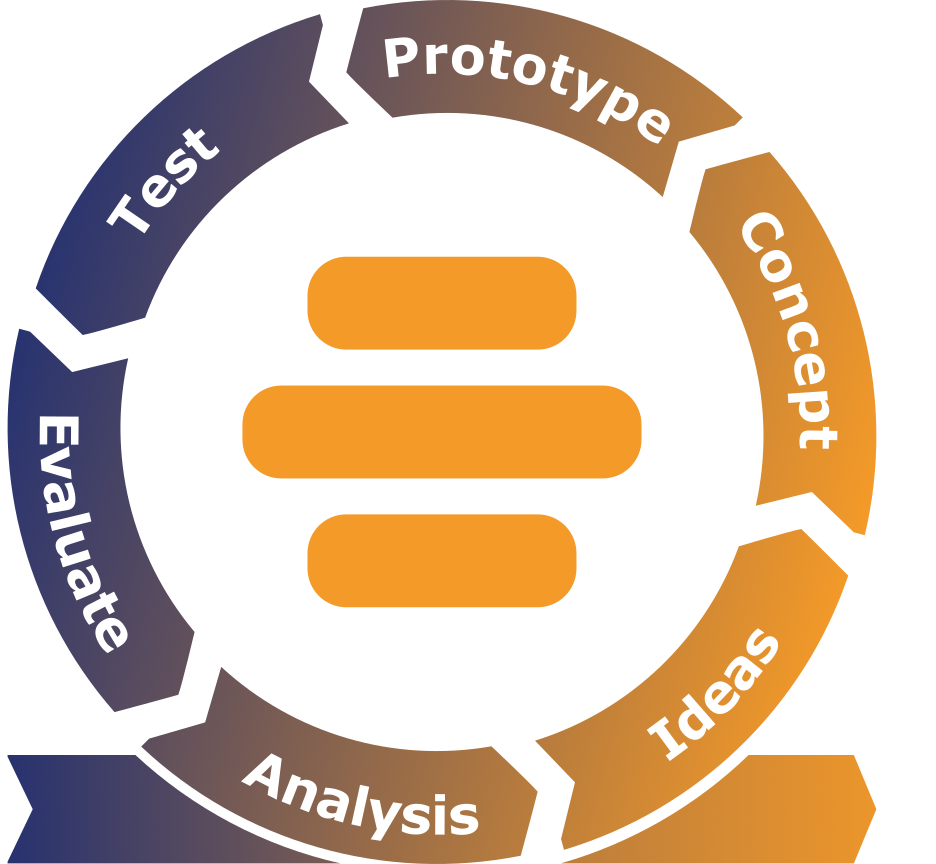
What is a non-iterative process?
To better understand what an iterative process is, it’s good to also know what it isn’t. A non-iterative process is a process where you arrive at a final product without testing new ideas in between. The consequence of this is that more time is needed for conceptualization and actual production. The process is inflexible, making it more suitable for projects with a clearly defined scope, which have no changing requirements and where efficiency is important. Examples of sectors where non-iterative processes are often used are construction and food processing.
The waterfall method is a good example of a non-iterative process and also the most common. With this method, you work from a predetermined plan with milestones. Although this ensures an efficient process if there aren’t too many uncertainties in the process, it is not flexible.
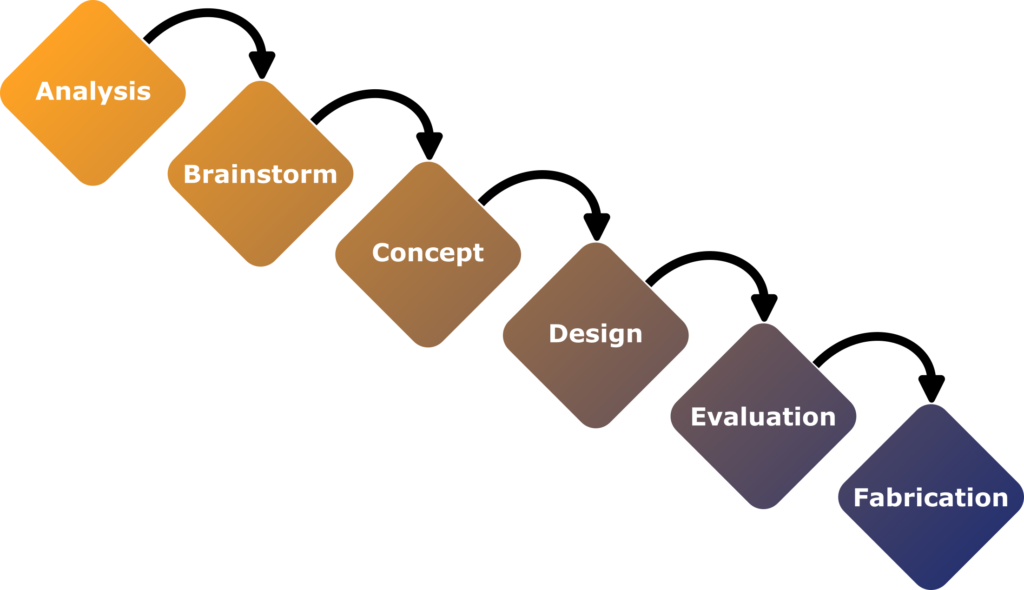
The difference between an iterative process and incremental design
In practice, the terms “iterative process” and “incremental design” are still often used interchangeably. Although they often go hand in hand, there is a difference between the two.
An iterative process revolves around refining and improving a product based on feedback or new information. The core is the continuous testing and improvement of the product. It gets better and better as the process progresses.
With incremental design, new features are added, or better things are built, on top of the initial prototype. Here, a basic version of the final product is deliberately created to have it produced as quickly as possible. This first version is then improved by creating increments with more features. This process repeats until the final product contains all the necessary requirements.
The trick is to manage both approaches. Often, both iterative processes and incremental designs are used in product development. For example, it is useful to adopt an iterative process (Agile) at the start of a project. This Agile methodology allows you to continuously adapt, incorporate knowledge, and iterate. Once there is a prototype that no longer needs significant changes, the process becomes primarily incremental.
Why an iterative design process?
An iterative design process helps you tackle complex problems. Thanks to continuous improvements, it is also easier to develop new products. Other advantages of an iterative process are:
- Increased efficiency: During an iterative design process, the prototype is continuously tested and improved. In most cases, this allows you to reach the desired end result that meets the needs of the intended target audience faster.
- Better collaboration: Collaboration is an essential part of an iterative process because it involves working together from different areas of expertise. Additionally, you can choose to collaborate with an external product designer.
- Higher adaptability: By iterating, you constantly adjust the prototype based on new knowledge and feedback. You will therefore have to continuously adapt a product. These can also be adjustments that you may not have anticipated beforehand.
- More cost-effective: Because you continuously collect feedback from users, you can constantly improve the prototype. This prevents costly mistakes because they are identified early on.
- Possibility to work in parallel: Unlike the aforementioned waterfall method, an iterative process such as the Agile methodology is not necessarily dependent on the work that has gone before. This allows team members to work on different elements simultaneously. This saves time and speeds up the product development process.
- Risk reduction: Because you continuously make adjustments based on feedback in an iterative design process, risks are also identified and addressed in a timely manner. This prevents major risks from arising at the end of a project.
- User feedback: An iterative process provides you with continuous feedback from the intended end-users. This gives you valuable information about their needs and desires and what works for them. You can then integrate this into your product early on.
At Beeliners, we also use iteration during the development of your product. That’s why we get started quickly and race towards the finish line. We do this by creating various samples. This allows us to quickly respond to changes and new developments.
The challenges of an iterative process
An iterative process not only has many advantages but unfortunately also comes with some challenges:
- Risk of scope creep: Because the product is continuously adjusted during an iterative design process, there is a risk that the final product will look different from the original vision.
- Complexity: During the iterative process, multiple iterations will be made. For all these iterations, you will need to keep track of the feedback and updates. The more iterations there are, the more complex it becomes to keep everything organized.
- Vague timelines: With iterative product development, there is a risk that the timeline is not clearly defined. This is because iterations are made, tested, and revised until everyone is satisfied with the result.
Fortunately, you can address most of these challenges by setting a clear goal in advance and maintaining clear communication. We also use this approach in our working method. For example, we start by defining the initial position and the goal. Throughout the entire process, we also maintain close contact with you.
The iterative process at Beeliners
During the development of your product, we use a combination of the iterative design process and incremental design. In the iterative process, we go through the following steps:
- Defining the showstoppers: With the very first concept, which we call the A-sample, we look for the showstoppers. This is what prevents the further progress of your product.
- Solving the showstoppers: By knowing what the showstoppers are, we can solve them. The goal is to turn all question marks into exclamation points.
- Providing a plan B: Then, we can define a plannable project. We also provide a plan B, or an alternative plan if the original plan turns out differently than initially thought.
- Rapid prototypes: Once the plan is clear, we get to work to create tangible prototypes as quickly as possible. We show these prototypes to you. Based on your feedback, we adjust the prototypes until they are completely to your liking.
- Testing with users: Once the prototypes are completely to your liking, they can be tested with users. This involves looking at how they use the product and what they think of the materials. Based on their feedback, the prototype is further adjusted.
The last step does not mean the finish line. We continue to repeat the iterative process to create B-, C-, and D-samples where the prototypes are based on previous results. This is how we ultimately arrive at a fully-fledged final product.
Contact opnemen
Also interesting
-
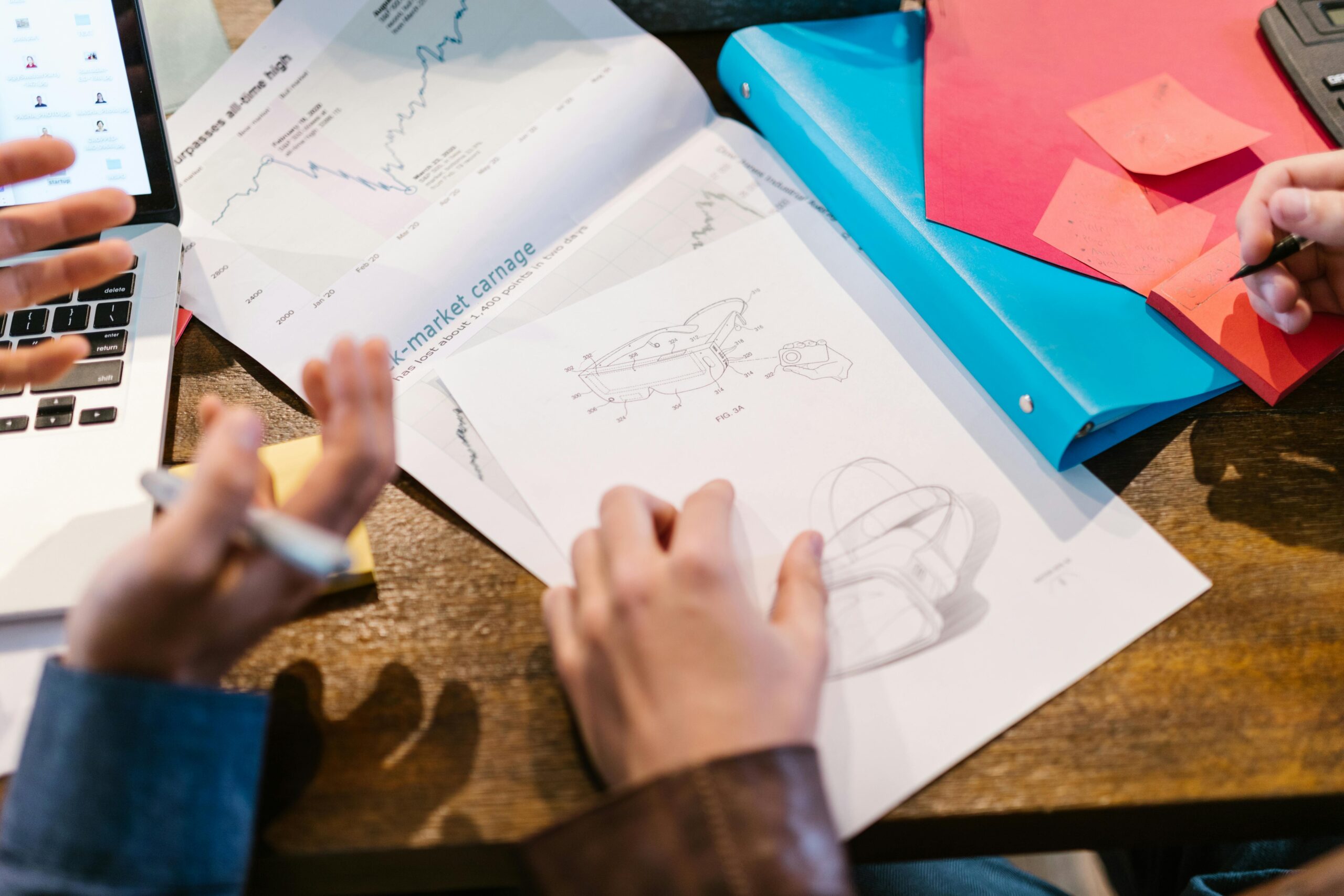
What is market research and how do you approach it?
When you’re preparing to launch a new product, it’s natural to be excited about your idea. But does the market share your enthusiasm? How do others view your idea? Or could it be that your new idea already exists? Market research helps you answer these questions. This type of research… Read More
-
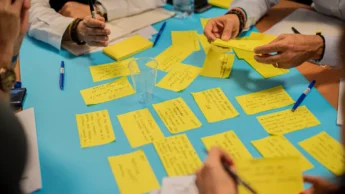
7 tips for organising an innovation workshop with your team
An innovation workshop is an interactive session designed to help participants generate new ideas, come up with creative solutions and develop innovative processes. During an innovation workshop, participants can collaborate and brainstorm to discover new perspectives and solve existing problems. Innovation workshops can be organised for various purposes, such as… Read More
-
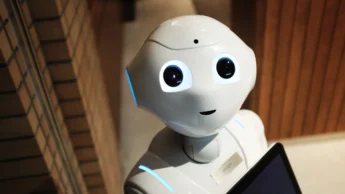
What is the difference between improving and innovating?
Many organisations like to come up with something new in the market. Whether it is an improved product or something completely new, consumers expect companies to continuously keep up with the latest technologies. Are you not meeting this expectation? Then chances are your consumer will switch to your competitor. By… Read More

